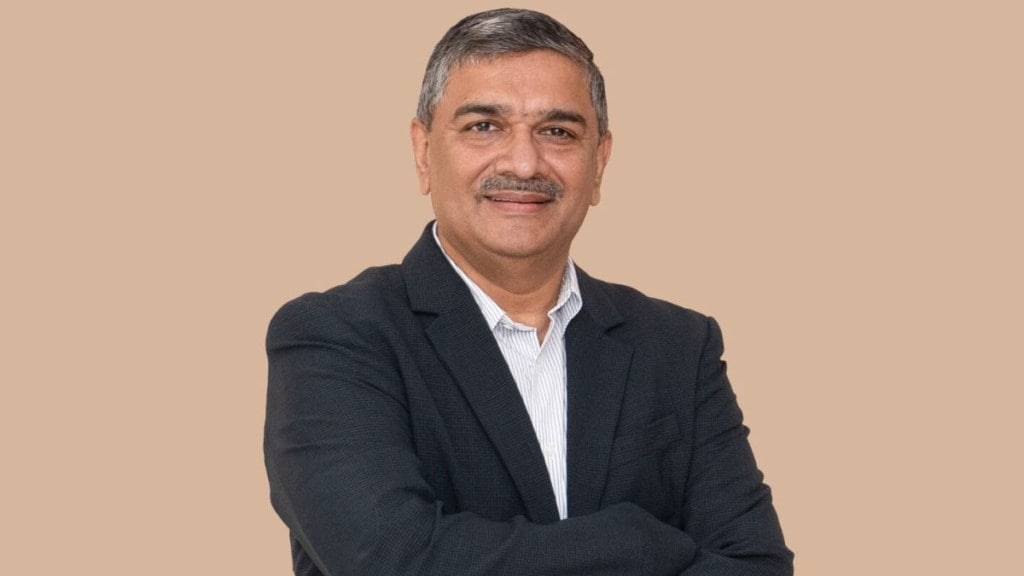Orkla India, best-known for its MTR and Eastern food brands, will raise up to Rs 1,667 crore in an offer for sale (OFS) that will open on October 29, it said on Friday. The initial public offering (IPO), which will close on October 31 (for retail investors), will see the company offer as many as 22.84 million shares in a price band of Rs 695-730 apiece. For anchor investors, the IPO will open a day earlier on October 28.
At the current price band, the company’s valuation will be Rs 10,000 crore. This is the second OFS within weeks of South Korean major LG India’s market debut this month which took a similar route. The entire proceeds from the Orkla India IPO will be repatriated by the parent Orkla Asia-Pacific, which is diluting 15% stake through the capital issue. It currently has a 90% stake in the company. This will come down to 75% post issue. The Meeran family including Navas and Feroz Meeran will dilute 1.67% stake from their 10% shareholding in the company, leaving them with an 8.33% stake post issue, the company said.
In a conversation with FE on Friday, Sanjay Sharma, MD & CEO of Orkla India, said the company, which has market leadership in Karnataka and Kerala, was building a war chest for acquisitions in spices and ready-to eat food products. Target markets would include “new regions” in the north, east and west, as it seeks to grow its footprint beyond the south.
Sharma also said that acquisitions would be funded largely through internal accruals as the company generates Rs 300-400 crore cash annually through its operations. Orkla India closed FY25 with revenue of Rs 2,455 crore and a profit after tax of Rs 255.7 crore, up from Rs 2,388 crore and Rs 226.3 crore in FY24. Around 79% of its business is domestic, with the rest from exports to over 45 countries. While 67% of its revenue comes from spices and 33% from convenience foods, this skew could change to about 65:35 in the future, Sharma said.
“India is a significant opportunity. There is no size restriction in terms of acquisitions. Our balance sheet is strong and cash generation is robust, so capital is not a constraint,” Sharma said.
The company would also look to consolidate its manufacturing footprint, which includes nine factories, into 4-5 large efficient units, with the rest operating as “satellite units”, he said. Distribution, which currently covers 690,000 outlets, 80% of which are in Karnataka and Kerala, would be expanded by 50,000-60,000 outlets in the future in these markets. The company would continue to tap quick commerce to make available its products to consumers in other markets, he said.
Currently, general trade remains the largest channel, contributing roughly 79% of sales, followed by modern trade (13-14%) and e-commerce (7-8%).

